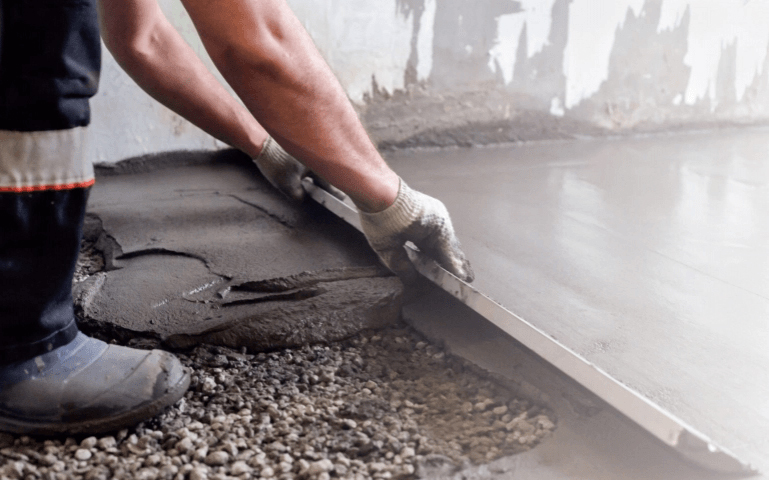
Do you want to know the best steps to protect concrete during curing?
In today"s article we want to give you some tips for the care of one of the great protagonists among construction products, concrete. And, for this, we are going to highlight the important steps during the curing.
We will start the article talking about the main aspects, to go on to delve into the methods and key aspects of it…

Main aspects of concrete curing
We begin with the curing part, highlighting the importance of maintaining humidity and temperature (between 10ºC and 25ºC). In addition to the fact of how to protect the product from some adverse conditions such as snow, rain and wind, vibrations, high loads…
These measures must be carried out during the curing of the concrete, seeking that the paste achieves the ideal hydration, and that it does not crack. Also to achieve the properties of durability, impermeability and resistance during its hardening.

Is about:
- Keep the concrete saturated, to prevent loss and repair water losses.
- Reduce the loss by surface evaporation of water during mixing.
- Accelerate strength development and supply heat and moisture to the concrete part.
What curing methods can I follow?
Another fundamental aspect is the fact of choosing the curing method that best suits us:
- Wet curing: we must permanently mist or spray with water, and maintain a thin layer of water on the surface to avoid cracks. In this case, the water temperature must be greater than 10º and sudden or premature emptying must be avoided.
- Curing with waterproof sheets: in this case, it should be misted with water and then put in polyethylene sheets with a minimum thickness of 0.3 mm. This should be white if the weather is hot and black if it is cold. A good alternative to polyethylene would be wet burlap (saturated with water for at least 24 hours before).
- Curing with chemical compounds: in this case, the Apply curing compounds are applied just after finishing the surface finish, before the exudation water disappears.

Some key points
To finish our article with tips to protect concrete, we want to leave you with some important recommendations:
- The curing process should start just after finishing the surface finish of the horizontal elements and the stripping of vertical elements.
- The ambient temperature in the curing of concrete should not be less than 5ºC.
- To achieve greater impermeability (durability) in concrete, post-hardening must be ensured by adequate curing.
- It is important to place the curing membrane on floors before bleeding ends.

